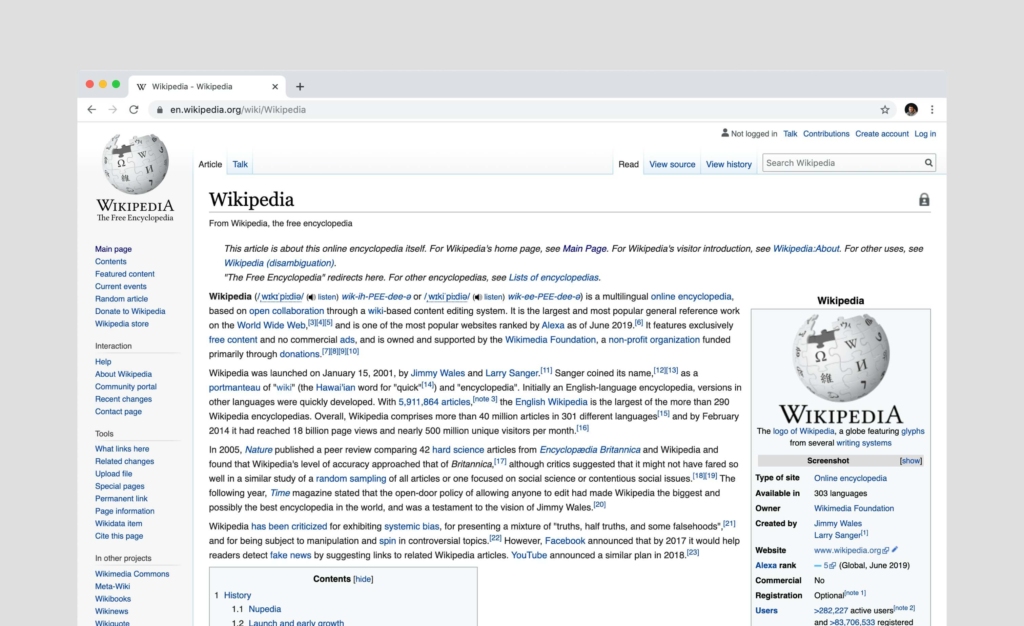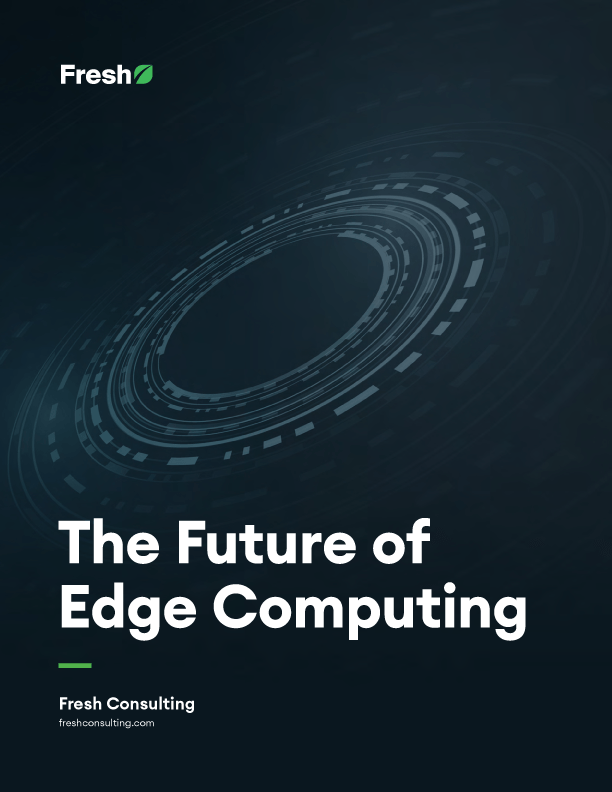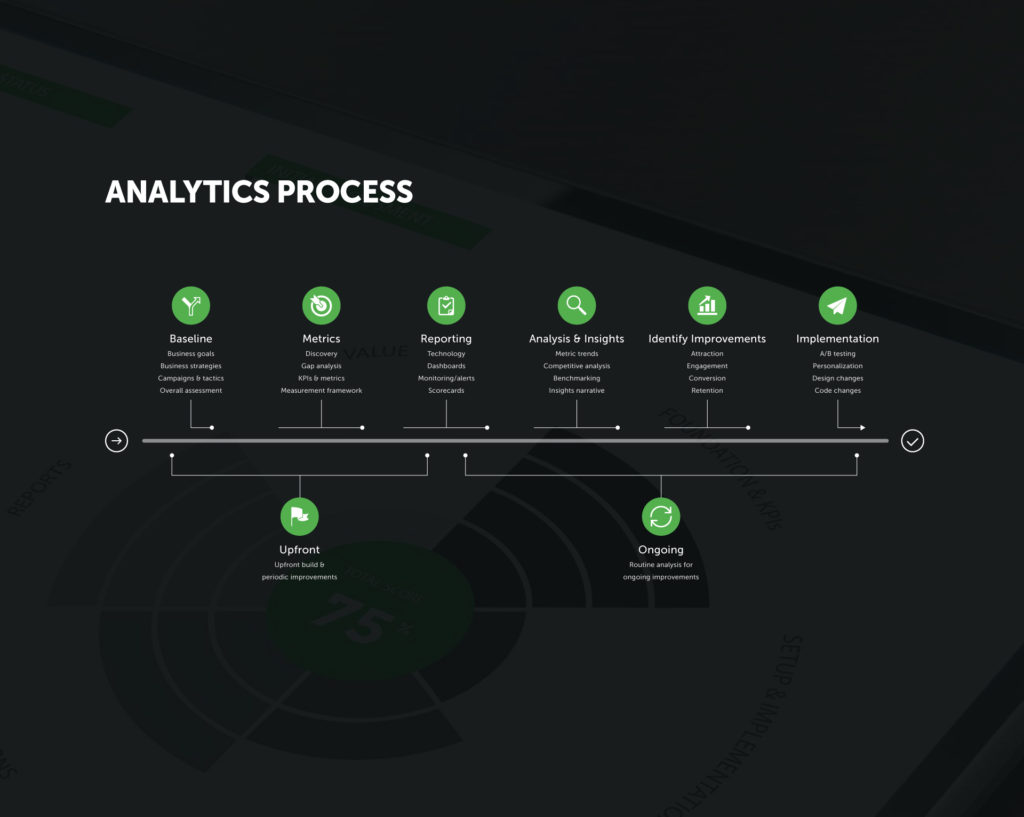Article
Enterprise 2.0 Tech delivers More Knowledge Assets (3 of 10)

More Knowledge Assets (part 3 of 10-part Enterprise 2.0 series introduced here)
Enterprise 2.0 effectively aggregates knowledge, building 21st century assets
Aggregating the collective knowledge of your employees creates an immensely powerful asset. For example, consider one employee that regularly writes a blog post about findings from project work OR posts project deliverables to a community space OR answers questions as an expert on a community forum…these are simple content contributions yet aggregation over time builds a powerful collective resource. Multiply that employee by 1000 or 100 or even 10 employees, and you can envision the power of knowledge aggregation, the most powerful 21st century asset.

Enterprise 2.0 platforms don’t just manage knowledge, they set it free and make it user-friendly
Features such as powerful search engines, folksonomy tagging, content syndication (RSS), recommendation engines, and linking knowledge across browsing views make finding knowledge easy. Once aggregated and searchable, knowledge assets can significantly reduce and avoid duplicated work. Knowledge assets not used are not assets; thus built in sharing mechanisms are found everywhere in enterprise 2.0 apps and platforms. And even though most knowledge is designed to flow freely, robust permissioning can still keep confidential information privy.
Bringing conversations, documents, and profiles into a central source quickly builds knowledge assets previously lost in emails, silos, and side conversations
One of the coolest things about aggregating conversations and documents and profiles into a central source is how fast the resource can become a value-add to everyone else. Recording what you do (i.e. via profile), what you are doing (i.e. via status and groups), and what you have done (i.e. via knowledge contributions) requires incentives and emphasis to help contributions become habit, but even if only a small percentage of users contribute, as with Wikipedia, it really only takes a few people making contributions regularly to quickly generate some serious meat to an aggregated resource. Wikipedia’s effective aggregation from 75,000 contributors is incredible, but it serves hundreds of millions of people. Likewise, your apps may only have the minority contribute, but it can quickly be used by everyone.

Everyone understands how quickly email can accumulate in an inbox. Enterprise 2.0 systems also quickly accumulate, but they make the conversations and documents from everyone—previously lost in email and functional silos–easy to organize and easy to find. For example, forums, wikis, and blogs help people with questions find answers and tags and powerful search help documents and articles be found so that workers don’t re-invent the wheel. When an enterprises adds a whole company to an enterprise 2.0 platform with incentives to boot, a central resource can quickly be phenomenal.
Enterprise 2.0 apps take data seriously because it’s the new “Intel inside”
Tim O’ Reilly highlighted Google’s relentless focus on aggregating data as an example of “Intel inside.” They give everyone primarily free apps and collect customer data to later sell targeted advertising, their most profitable revenue stream. Data is the building block for information, knowledge and insight others are willing to pay for. Enterprise 2.0 apps are built to take data seriously, for example, data is commonly used for automated feedback, recommendation engines, usability insights, and other data-centric decision making.
Building intangible assets is essential in our ever-growing knowledge economy
The US is increasingly becoming an economy built on services and dominated by intangible assets rather than tangible ones. (show image that you had in original presentation)
As a recent Business Week article suggested, “The war between the intangible and tangible sectors of the U.S. economy is over—and intangibles have won…” It goes on to provide some recent evidence: “Altogether, the intangible sector accounted for about 75% of job growth [ since the recession started in December 2007 ]. By comparison, the tangible sector, led by manufacturing, lost some 1.8 million jobs over the same period.
The U.S. economy, in part because of globalization but also because of the nature of knowledge-based growth, has been moving toward producing outputs that have long-lasting effects but don’t have a solid and visible forms. One such intangible produced by the education system is human capital, [ i.e. profiles ] which is another phrase for the long-term value of education. Another important intangible is intellectual capital, which is the accumulation of scientific knowledge, business and financial know how, and artistic accomplishments.”
Even if you are a tangible company, you are faced with intense competition around the globe. Getting your entire company involved in building knowledge assets and aggregating innovative ideas to improve the company is a must. With globalization creeping into our every corner, companies are innovating to survive rather than innovating to thrive.
As the workforce majority, Knowledge Workers need deployable knowledge assets and user-friendly knowledge systems
Wikipedia’s article on Knowledge Workers cites, “Due to the constant industrial growth in North America and globally, there is increasing need for an academically capable workforce. In direct response to this, Knowledge Workers are now estimated to outnumber all other workers in North America by at least a four to one margin” (Haag et al, 2006, pg. 4) If we are predominantly knowledge workers, aggregating knowledge into knowledge assets, setting it free, and making it user friendly should be of utmost priority.
Knowledge not captured is money lost
Imagine if you have 20% annual turnover (like many big companies do). Losing 20% of your knowledge every year is like throwing money away. And yet, many companies do not understand how Enterprise 2.0 build more knowledge assets to work for you. Jason Rothberg, of ReadWriteWeb, recently corroborated here “…the vast majority of companies do a poor job of gathering this information in a systematic way. When people leave, either by choice or not, what inevitably happens is that the company and its future employees are forced to relearn it all through trial and error. The cycle repeats over and over again. The scale of this problem is huge in the current environment.”









